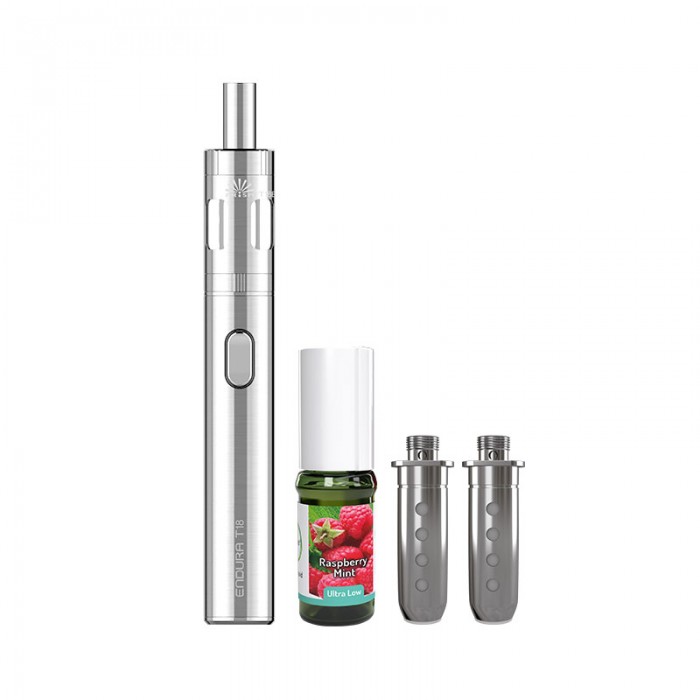The vaping industry has witnessed exponential growth over the last decade, with e-cigarettes and e-liquids becoming popular alternatives to traditional tobacco products. However, this rapid expansion has also prompted the need for stringent regulations to ensure consumer safety and product quality. Understanding E-liquid regulations is essential for both users and businesses within this industry.
E-Liquid Regulations Explained: This article provides a comprehensive look at the regulations governing e-liquids, their implications for the market, and what every vaper should know.
The Importance of Regulatory Frameworks
Regulatory frameworks are critical in maintaining safety standards within the vaping industry. The primary objective of these regulations is to protect consumers from potentially harmful products while promoting responsible marketing practices. In the UK, the Tobacco Products Directive (TPD) plays a pivotal role in shaping the regulations surrounding e-liquids. This directive outlines specific requirements that manufacturers must adhere to, ensuring that e-liquids are safe for consumption.
By establishing clear guidelines, regulatory frameworks help create a level playing field for businesses. Compliance with these regulations not only safeguards public health but also fosters consumer confidence. Vapers are more likely to choose products from brands that adhere to established safety standards, which can ultimately drive sales and enhance brand reputation.
Key Regulations Affecting E-liquids
The TPD sets forth several key regulations that directly impact the production and sale of e-liquids. One of the most significant aspects of these regulations is the limitation on the maximum nicotine strength allowed in e-liquids, which is capped at 20mg/ml. This restriction is designed to mitigate the risk of nicotine addiction, particularly among younger users who may be more susceptible to its effects.
Additionally, all e-liquids must undergo rigorous testing to ensure their safety and compliance with established standards. Manufacturers are required to submit detailed product information, including ingredient lists and potential health risks. This level of transparency is essential for regulatory bodies to assess the safety of e-liquids and take action against any non-compliant products.
Labeling and Packaging Requirements
Labeling and packaging are critical components of regulatory compliance for e-liquids. The TPD mandates that all e-liquids must be labeled with clear and accurate information regarding their ingredients, nicotine content, and any associated health risks. This information empowers consumers to make informed choices about the products they use.
Moreover, packaging must adhere to safety standards, including child-resistant features and tamper-evident seals. These requirements are designed to prevent accidental ingestion by minors and ensure that the product remains uncontaminated until it reaches the consumer. Companies that prioritize effective labeling and packaging not only comply with regulations but also enhance their marketability.
The Role of Quality Control
Quality control is a non-negotiable aspect of the e-liquid manufacturing process. Businesses must implement stringent quality assurance protocols to ensure that their products consistently meet regulatory standards. This includes regular testing of e-liquids for purity and potency, as well as ensuring the absence of harmful substances.
By focusing on quality control, businesses can mitigate the risks associated with non-compliance and differentiate themselves in a competitive market. Consumers are increasingly aware of the potential health risks associated with vaping, and they gravitate towards brands that prioritize safety and quality. Therefore, investing in robust quality assurance processes can lead to long-term success and customer loyalty.
Navigating Changes in Regulations
The regulatory landscape for e-liquids is not static; it is subject to ongoing changes and adaptations. As new research emerges and public health concerns evolve, regulatory bodies may introduce new guidelines or amend existing ones. This dynamic environment requires businesses to remain vigilant and proactive in their compliance efforts.
To navigate these changes effectively, companies should stay informed about regulatory developments and engage with industry associations that advocate for responsible practices. By fostering open communication with regulatory authorities, businesses can contribute to the development of balanced regulations that protect public health while allowing for innovation within the industry.
Consumer Awareness and Education
For vapers, understanding e-liquid regulations is crucial for making informed purchasing decisions. Consumers should be aware of the regulations that govern the products they use, including ingredient transparency, nicotine limits, and labeling requirements. This awareness not only empowers users but also encourages them to seek out reputable brands that prioritize compliance.
Moreover, businesses have a responsibility to educate their customers about the importance of regulatory compliance. By providing clear information about their products and the measures they take to ensure safety, companies can build trust and foster a loyal customer base. Education is key to promoting a responsible vaping culture that prioritizes health and well-being.
Conclusion
In conclusion, navigating the world of e-liquids requires a solid understanding of the regulations that govern this rapidly evolving industry. From the stringent guidelines set forth by the TPD to the importance of quality control and consumer education, the regulatory landscape is complex but essential for ensuring safety and promoting responsible practices. For businesses looking to thrive in this competitive market, compliance with e-liquid regulations is not just a legal obligation; it is a pathway to building trust and loyalty among consumers.
As the vaping industry continues to grow, it is crucial for businesses and consumers alike to stay informed about regulatory developments. Companies like iBreathe exemplify the commitment to quality and compliance that consumers should expect when choosing e-liquids. By prioritizing safety and transparency, businesses can contribute to a healthier vaping community and set the standard for excellence in the industry.






Comments